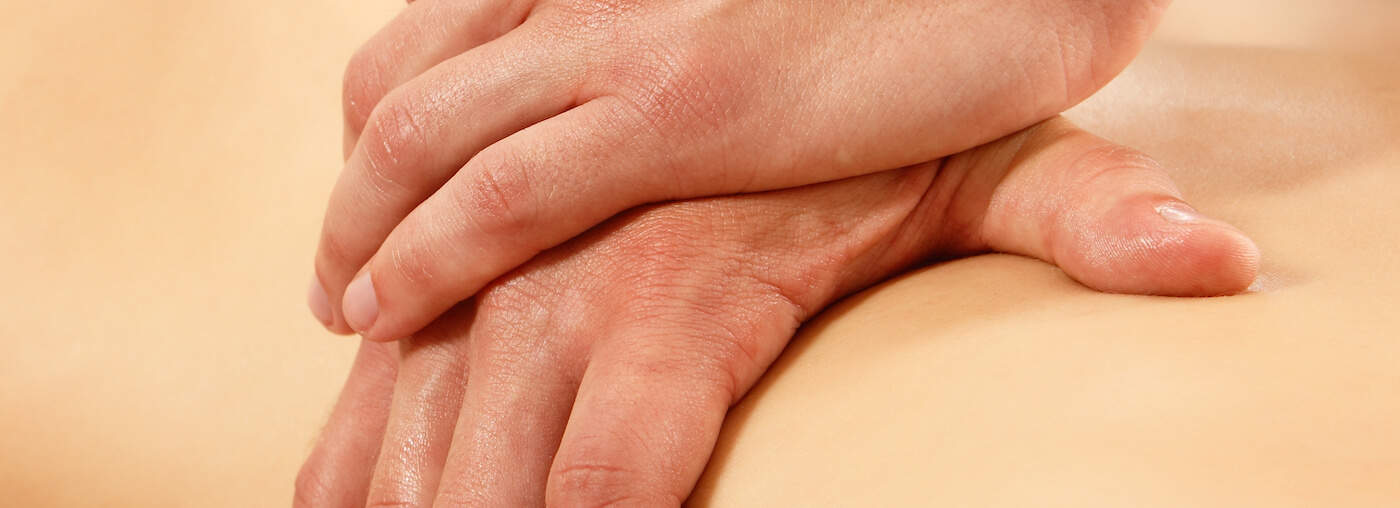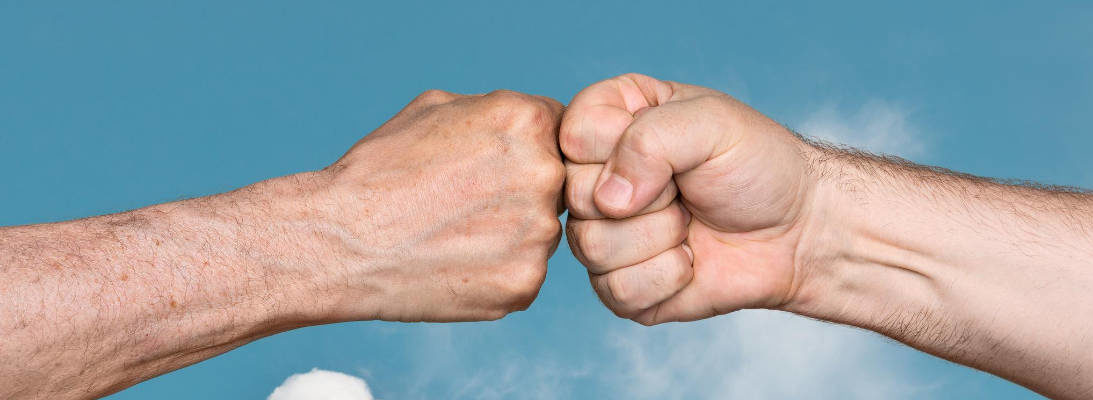The term ‘McKenzie exercises’ is something that I am familiar with from my time as a student. It comes up regularly when reading literature and talking with other physios.
There is a big mistake with this term. Let me explain.
When the term ‘McKenzie exercises’ is used, it it usually describing the exercise that the McKenzie method is most associated with, as if it is the only exercise that McKenzie method is about. That exercise is ‘extension in lying’ as shown in the picture below.
(I am more comfortable with terms like ‘back bends’ or ‘cobras’ or even ‘pushups’ if someone has been shown the movement already.)
Here’s the thing.
The McKenzie method is NOT about one exercise.
This is the biggest error that people make that aren’t familiar with MDT.
If a physio says ‘McKenzie exercises’ to you, you can be pretty sure that they haven’t done any McKenzie training!
Download our free guide ‘Low Back Pain Myths – The Ultimate Guide’ right here!
The McKenzie method is first and foremost a system.
It is about working out what kind of problem you have, and deciding if there is a direction of movement that is going to get you better.
If there is a direction of movement that helps your pain or your movement (or preferably both) to improve rapidly and it is a long-lasting change (ie not return to previous levels as soon as you get off the bed) that is called a directional preference.
Sometimes the best movement is moving backwards and doing ‘extension in lying’ (that movement that is usually meant when people say ‘McKenzie exercises’).
But sometimes the movement that helps is bending forward. Or moving sideways. Or rotation lying on your back. They are all ‘McKenzie exercises’ then.
The biggest mistake is to assume that everyone is going to respond to the same movement. Everyone has to be assessed and treated on their own merits.
If you give someone the same exercise, there are 3 possibilities. They get better. They get worse. They don’t change.
Good physiotherapy isn’t about giving everyone the same exercise and hoping for the best. It is about making sure that any intervention is individualised and optimised for that person.
And that is why the term ‘McKenzie exercises’ is wrong.
If you are interested in learning more about what the McKenzie method can do for you, give us a call on 8356 1000 and have a chat with one of our physios.
We also have copies of Treat Your Own Back to buy in the clinic. This is the best-selling self-help book on low back pain ever published, and it is great!















